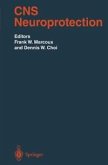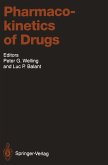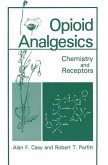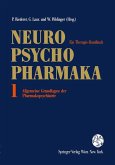This book aims to bring to the forefront a field that has been developing since the late 1990s called the STAR pathway for Signal Transduction and Activation of RNA. It is a signaling pathway that targets RNA directly; in contrast to the canonical signal-kinase cascade-transcription factor-DNA-RNA. It is proposed to allow quick responses to environment changes such as those necessary in many biological phenomenona such as the nervous system, and during development. The pathway is diagramed in Chapter 1, Figure1. This chapter is a historical introduction and general review with some new data on theoretical miRNAs binding sites and STAR mRNAs. In Chapter 2, Feng and Banks address the accumulating evidence that the RNA-binding activity and the homeostasis of downstream mRNA targets of STAR proteins can be regulated by phosphorylation in response to various extracellular signals. Then Ryder and Massi review the available information on the structure of the RNA binding STAR domain and provides insights into how these proteins discriminate between different RNA targets. Next Claudio Sette offers an overview of the post-translational modifications of STAR proteins and their effects on biological functions, followed by two chapters dedicated to in depth review of STAR function in spermatogenesis and in mammalian embryonic development. Chapters 7 and 8 discuss what can be learned from STAR proteins in non-mammalian species; in Drosophila and Gld-1 and Asd-2 in C. elegans. Next Rymond discusses the actual mech- ics of splicing with mammalian SF1.
Dieser Download kann aus rechtlichen Gründen nur mit Rechnungsadresse in A, B, BG, CY, CZ, D, DK, EW, E, FIN, F, GR, HR, H, IRL, I, LT, L, LR, M, NL, PL, P, R, S, SLO, SK ausgeliefert werden.









